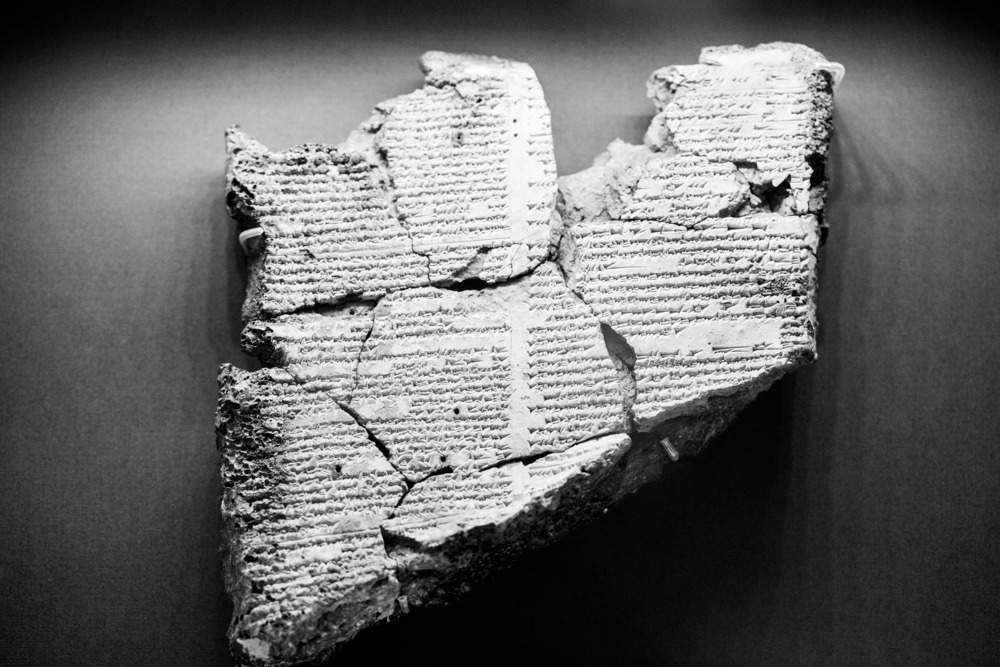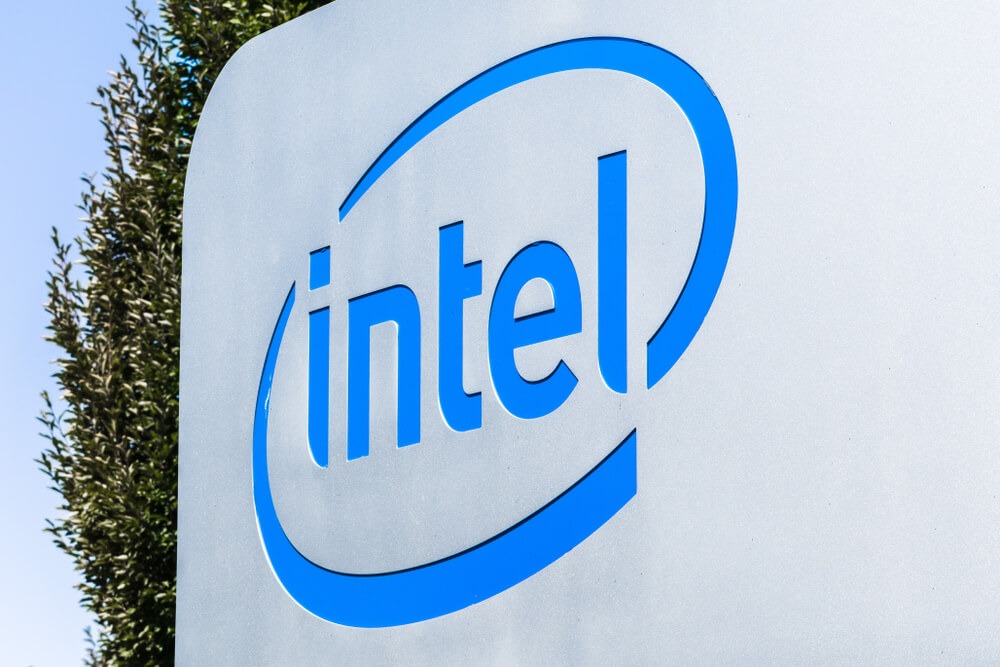Gaps in the ancient text are frustrating. Nevertheless, scientists can teach artificial intelligence to restore missing cuneiform signs in ancient Babylonian texts. That is what Israeli historian demonstrates.
It is a challenge to understand text written using an unknown system in a language that has been dead for thousands of years. To reconstruct, missing bits of the ancient text is harder.
To fill missing text, artificial intelligence must read and understand the original text. That requires enormous donkey work. Shai Gordin leads the Israeli team at Ariel University in the West Bank.
The Israeli team has reinvented the donkey in digital form. It harnesses artificial intelligence to help to complete fragmented Akkadian cuneiform tablets.
The National Academy of Sciences published in September a paper ‘Restoration of Fragmentary Babylonian Texts Using Recurrent Neural Networks’.
‘Neural Networks’ sounds like B-horror movie fare. Nevertheless, it means biological nervous systems inspire software. The concept dates back more than seventy years. Thus, it has gone in and out of fashion. Nevertheless, now it is back in the game. The basic concept of it is to teach machines to make decisions, learn, and think. Thus, the computer decides on the plausible completion of missing text.
The digital donkey can not read cuneiform. Computers can not read handwritten characters. Humans are superb at recognizing numbers and letters written differently by different people. Unfortunately, Machines cannot do the same. Gordin and his team feed their machine transliterations of the extant Babylonian texts.
Artificial Intelligence
Somewhere ten thousand years ago, the Ice Age waned, and inhabitants of the Near East started to settle down, and they started to trade.
It might be trading that inspired the earliest recognized form of communication. Thus, it was pseudo-writing on small bits of clay in Mesopotamia around seven thousand years ago. The clay bits are called tokens. Their shape was simplistic imagery such as ancient commodities or a cow.
After pseudo-writing came proto-writing, it arose around five thousand and five hundred years ago.
Within more centuries, proto-cuneiform evolved and became increasingly schematic.
To interpret a dead language is a mathematical game as Gordin says. Neural networks are a computerized model.
Thus, It can understand texts. Moreover, they are turning each word or symbol into a number.
The different elements of that electronic neural network are communicating between themselves in numbers and are creating a model of the language. That will happen thanks to artificial intelligence.
Artificial intelligence can identify sentence structures. Moreover, it did better than forecasted in making semantic identification based on context.
















